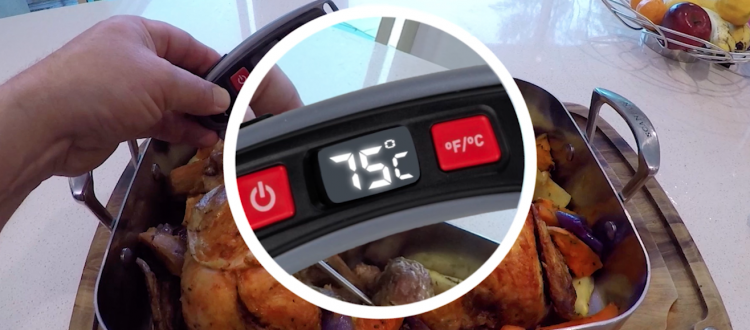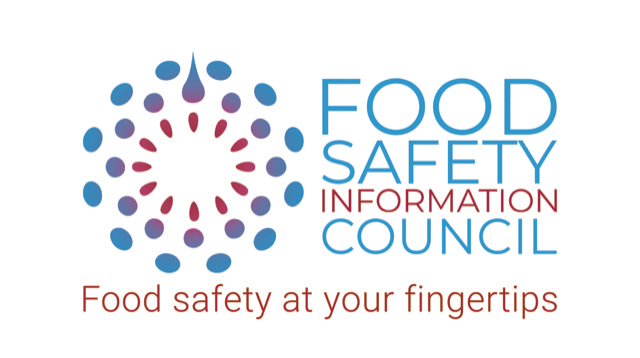
The Food Safety Information Council today reminded people to make sure their meat thermometer is accurate following a test by Choice that found a small number of meat thermometers were out by 2°C.
Food Safety Information Council Chair, Rachelle Williams, said that, as this week was Australian Food Safety Week, it is a good time for people to pick up a meat thermometer if they don’t already have one and they can now use Choice’s survey as a buying guide.
‘Our Omnipoll consumer survey found 75% of Australians surveyed reported that there wasn’t a meat thermometer in their household and only 44% of those with a thermometer reported using is over the previous month.
‘With an estimated 4.1 million cases of food poisoning in Australia each year, and escalating rates of Campylobacter and Salmonella infection in Australia, we are encouraging all Australians to pick up a meat thermometer from their local homeware store and learn how to use it properly. This will not only ensure safer food but you will also be able to cook the perfect steak.
‘You should place the food thermometer in the thickest part of the food. As close to the centre as possible and it should not touch bone, fat, or gristle. Start checking the temperature toward the end of cooking, but before you expect it to be done. Be sure to clean the stem of your food thermometer before and after each use,’ Ms Williams concluded.
The Council recommends these temperatures for cooking these high-risk foods safely:
- Red meat or pork that is minced, stuffed, rolled or boned or is mechanically tenderised (with small holes in the surface to penetrate into the meat) or corned beef pumped with brine using needles will be contaminated by bacteria throughout so must be cooked to 75°C in the centre. This also applies to red meat livers.
- Any poultry such as chicken, ducks or turkey (including their livers) will also be contaminated throughout whether they are whole or minced so they must be cooked to 75°C in the thickest part near the centre.
- Leftovers should be reheated to 75°C in the centre and make sure they are stirred to ensure an even temperature
- Eggs and egg dishes, such as quiche, should be cooked until 72 °C in the centre (or until the white is firm and the yolk thickens)
The Council also launched today their Summer campaign of TV and radio community service announcements about how to use meat thermometers plus other food safety tips on Listeria infection, cross contamination and handwashing. These will be played nationally, including on indigenous media, over the Summer. The Council thanks Food Standards Australia New Zealand and Media Heads for their support in the production of this campaign.
Media contact: Lydia Buchtmann 0407 626 688, info@foodsafety.asn.au
Australian Food Safety Week is the major activity of the Food Safety Information Council which is a health promotion charity that aims to reduce the estimated 4.1 million cases of food borne illness in Australia each year. Food poisoning results, on average, in 120 deaths, 1.2 million visits to doctors, 300,000 prescriptions for antibiotics, and 2.1 million days of lost work each year. The estimated annual cost of food poisoning in Australia is $1.25 billion.

